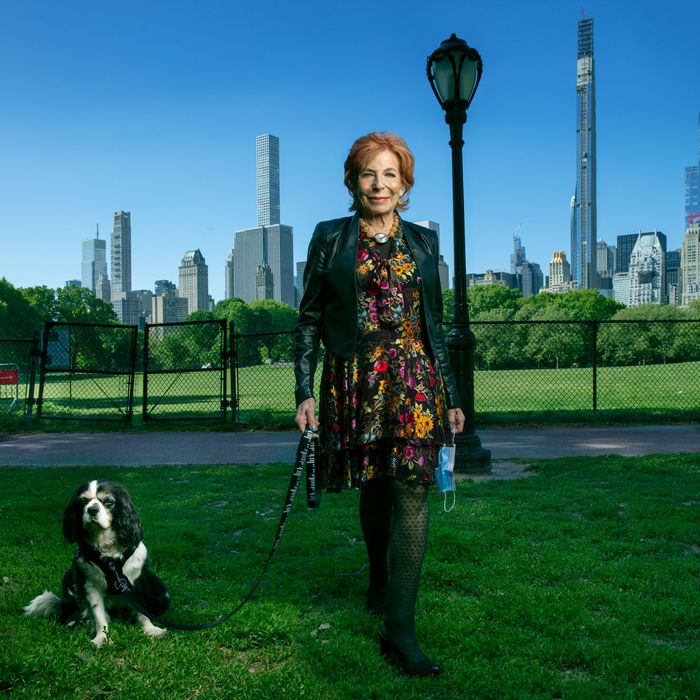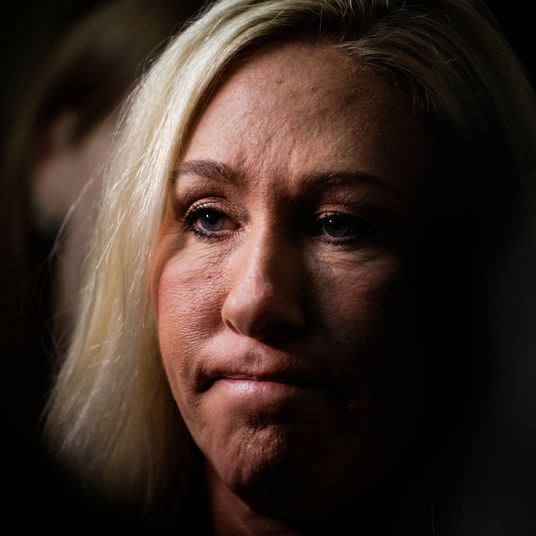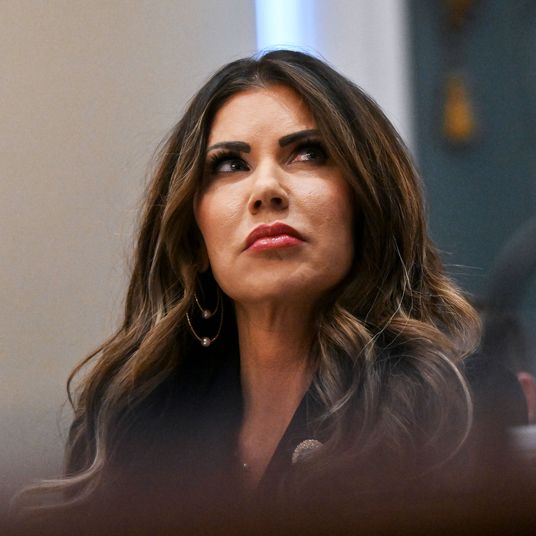
You — or your mother or your aunt or your grandmother — probably first encountered Gail Sheehy’s writing in 1976, when she published Passages. It was an immense best seller, one of the biggest books of the decade, a pop-psychology way of looking at American adulthood that grew out of her reporting for New York. Your life’s journey, Sheehy argued, was made up of somewhat predictable, somewhat manageable phases and points of crisis. Your 20s were about figuring out who you were as an adult; your 30s, roaring along into that adulthood; and so forth. It was a fresh way of looking at generational and sociopolitical change, and it also felt useful: Knowing that you’re going through something that isn’t unique can be helpful when you’re muddling through.
Gail Sheehy — who died suddenly on Monday at 83, after a brief bout of pneumonia — had done a lot of that muddling-through herself, and came out on top. Before the vast success of Passages gave her some financial freedom, she’d spent the first bit of her career as a newspaper reporter, writing for the New York World-Telegram & Sun and the Herald Tribune and then freelancing from her apartment in the East Village as a divorced young single mother. Her breakthroughs came largely in the pages of New York: first in its days as a supplement to the Trib, where she pitched a story about hangers-on at Fire Island parties that ran under the irresistible title “Flypaper People.” A clickable headline, before anyone knew about clicks.
Once the magazine became independent, she kept on. She followed Bobby Kennedy’s presidential campaign in its last days. In 1969, she filed a heart-wrenching piece about the boom in amphetamine abuse, one that was informed by the near-death experience of her sister. She wrote about streetwalking prostitutes in a story that (owing to an editing snafu that eliminated a disclaimer) caught flak for its composite characters; Walter Bernard, New York’s art director in those days, remembers Sheehy embedding herself with the hustlers night after night, gaining their respect and drawing out their stories. She lent her older daughter to our art department once, as a cover model. And, maybe most memorably, she wrote “The Secret of Grey Gardens,” the story of a mother-sister Kennedy-adjacent folie-à-deux that became a magazine cover, then an acclaimed documentary, then a Broadway musical, and forever an ironic cult. If you’ve seen the movie but not read the feature that preceded it, go have a look now. There are a few lyrical paragraphs near the beginning, in particular, that convey the falling-down house, the weeds, the weird haunted affect of Little Edie Beale. It’s all there, before the cameras ever rolled.
They were all edited by Clay Felker, the co-founder of New York, who was also the love of Gail’s life. They met when she pitched that first story in the mid-’60s. As their respective marriages disintegrated a few years later, they got together, and they spent the next two decades mostly on, sometimes off, not quite cohabitating but well beyond regular dating. (When Sheehy was asked earlier this year about her Me Too experience, she admitted that she’d probably been insulated from such assaults because she’d been involved with the boss.) They became the quintessential power couple, back when big media jobs had fancier trappings than they do now: the weekends on the East End, the impossibly fancy crowd at the dinner that they hosted for 100 each year on the weekend after Thanksgiving. Eventually, in 1984, Sheehy and Felker finally made it official, and the marriage stuck until his death in 2008. At Felker’s memorial, she spoke movingly of the good times and the rough ones later on, of parties and travel at the pinnacle of magazine-publishing glamour but also — warmly, affectionately — of running the fine cooking he loved through a blender once his final illness made it difficult for him to eat. He looked out for her, and she looked out for him. It had been a complex road to marriage, and it had led to the real thing. Her 2014 memoir, Daring: My Passages, was her 17th book, and it’s also a dual love story: with journalism, and with Clay. She’d raised her first daughter, Maura, largely solo; she and Felker became parents to another girl, Mohm, at midlife.
In the 1980s, under Tina Brown, she began writing for Vanity Fair, and there she eventually became the principal chronicler of the career of Hillary Clinton. By then, Passages had ushered Sheehy herself into a new stage. She had grasped with the first book that the baby-boom generation’s progress could be mapped, and she divined that she’d found a rich vein of a subject to mine. In subsequent years came multiple sequels: Pathfinders, about dealing with midlife; The Silent Passage, about menopause; Passages in Caregiving, about family aging; and several others. The caregiving book was in part inspired by her experience tending Clay in his final years. “Like all good journalists,” says Walter Bernard, “she got a book out of it.”
Gail was a reporter at her core, and a relentless one. I got to know her a few years ago, and thereafter received an absolute firehose spray of pitches and calls. (Other editors have told me similar stories.) She was in touch often, with ideas that worked and ideas that didn’t, reframing and trying again when something wasn’t right the first time, with a “put me in, coach!” level of energy. When Heather Heyer was killed in Charlottesville, she immediately headed down to Virginia, started reporting on the ground, and filed this rich portrait for the Cut. It was the kind of thing that an on-the-rise cub reporter of 25 would do. Gail, at the time, was 80.
Sheehy had an 18th book in the works, and it would have been — or will be, if someone else takes to the finish line — a fascinating one. Instead of reporting amid her peers (she was a few years older than the boomers, but roughly in their cohort), she set out to write a kind of echo of Passages, but this time about the millennial generation. And I can tell you that she was reveling in the immersion among people 50 and 60 years younger than she. She went to clubs with college guys and got out on the dance floor, and (by her account, at least) they were disarmed and amused by her — which is to say that she’d found every journalist’s sweet spot, where people get loose and comfortable enough to reveal themselves. She was constantly offering bits and pieces of her findings as magazine stories and columns. Some would work as stand-alone pieces and others wouldn’t, but all were tesserae in what was clearly going to be a big ambitious swoop of sociology. At New York, we were so taken with this project that we had also begun work on a profile of her, and the portrait you see here was made earlier this year, during quarantine, as she walked her King Charles spaniel, Chollie, in Central Park.






























